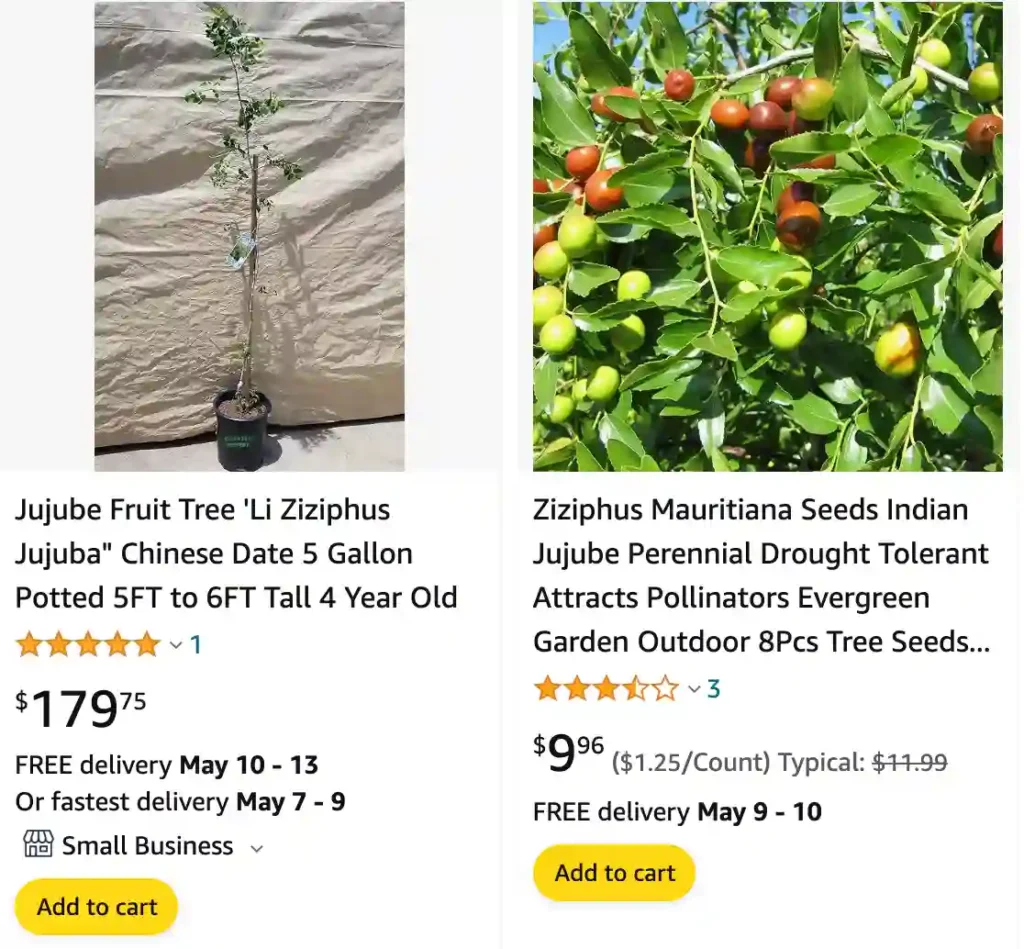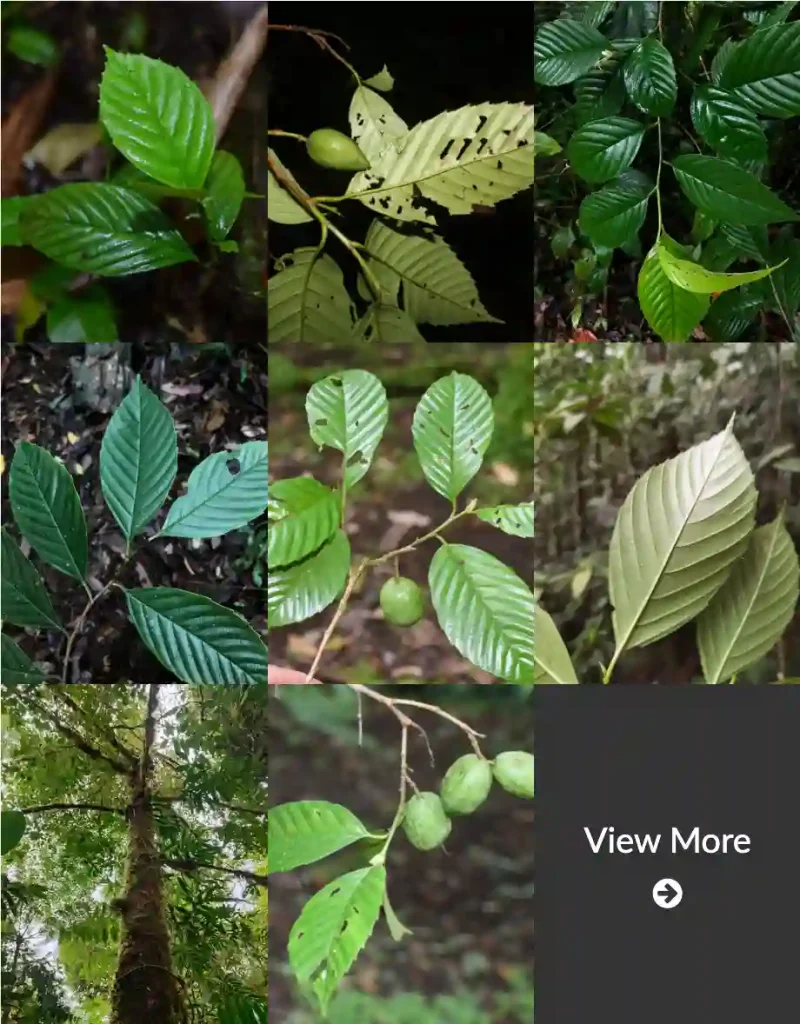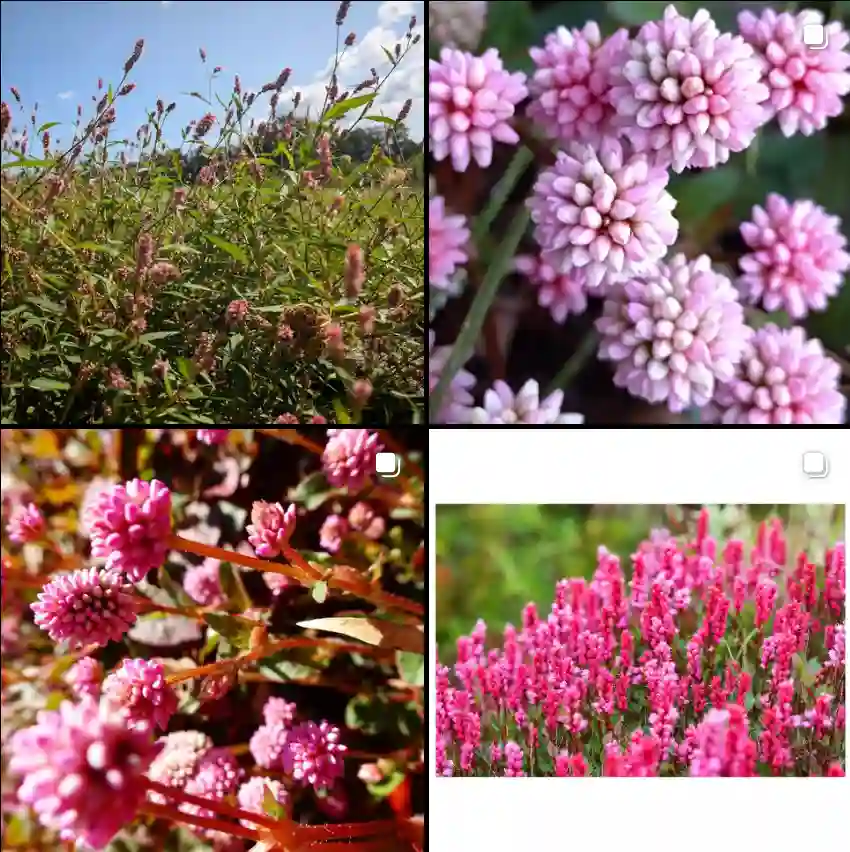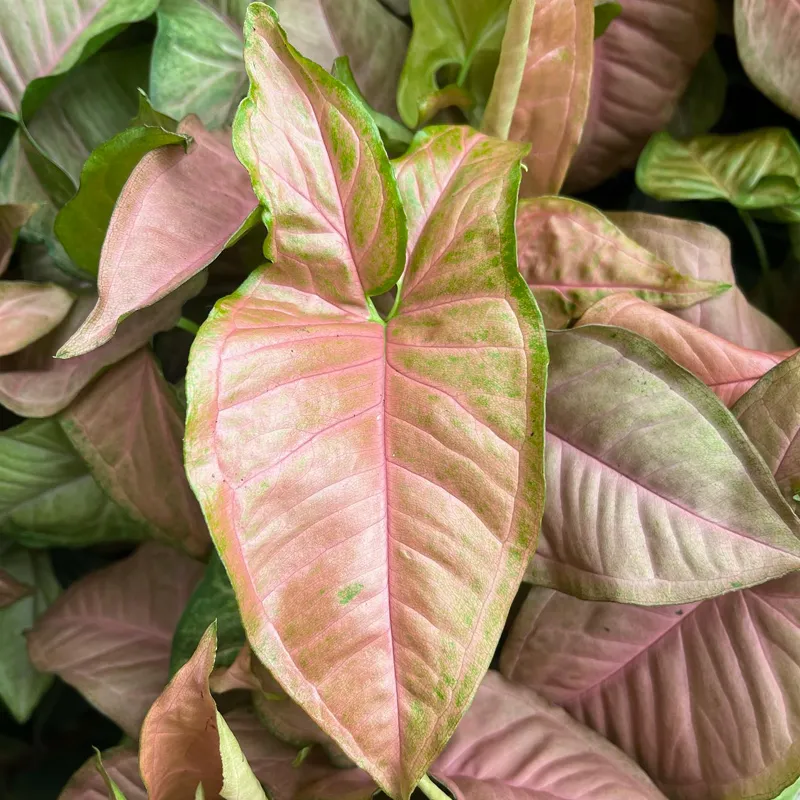
What is jujube?
I first came across jujube ((Ziziphus Jujuba) at a local Asian market while browsing the dried fruit section. They looked like little red, wrinkled apples, and I wasn’t sure what to make of them. I ended up buying a small bag because they were so unusual looking. They were surprisingly chewy and had a sweet, date-like flavor with a bit of apple thrown in. The texture took some getting used to, but I found myself enjoying the sweet and tart contrast. I’m definitely going to try them fresh next time I see them!
68 Species in Genus Ziziphus
How to eat jujube fruit?
I actually prefer jujube in two completely different ways! When they’re fresh, they’re like a little apple-candy hybrid. I just wash them, pop them whole in my mouth, and enjoy the sweet, crisp flesh. There’s a pit in the center, so I chew carefully and spit that out. It’s a fun little snack, but be warned – they’re not super juicy!
Dried jujubes are a totally different story. They’re chewier and more intense in flavor, sometimes even a little sticky. These are great for a sweet treat – I love them on their own like chewy candy, but they’d also be awesome chopped up in trail mix or granola.
What does jujube taste like?
It depends on whether I snag them fresh or dried! Fresh jujubes are like a surprise party in my mouth. They look like wrinkly red apples, but the flavor is more like a sweet and slightly tart candy apple. The flesh is crisp and juicy, kind of like a Granny Smith apple, but with a mellower sweetness. There’s a small pit in the center, so I have to be careful while I munch.
Dried jujubes are a whole different experience. They’re chewier and way more intense flavor-wise. They remind me a bit of dates, but not quite as caramelly. The sweetness is deeper and richer, with a hint of apple that peeks through. I sometimes find them a little sticky, but that doesn’t stop me from enjoying them on their own or chopped up in some trail mix for a burst of chewy sweetness.
Can dogs eat jujubes?
While I love jujubes, I wouldn’t share them with my dog, Charlie. I know they aren’t poisonous, but I’ve read that the pits can be a choking hazard and might even have something in them that can upset his stomach. It’s just not worth the risk. Plus, there are plenty of other yummy dog treats out there that are safe and designed specifically for him. Charlie goes nuts for those little peanut butter biscuits – maybe I’ll give him one instead!
What is jujube good for?
I haven’t personally tried jujube for any medicinal purposes, but I’ve heard some interesting things from friends who swear by them. Apparently, they’ve been used in traditional medicine for a long time to help with sleep and anxiety. That makes sense, since they’re naturally sweet and kind of calming to munch on. A couple of my friends have also said they help with digestion, though I can’t speak to that myself. Definitely something to look into if you’re interested in natural remedies!
Where to buy jujube fruit?
When I want to buy jujube fruit, I usually head to my local farmer’s market or specialty grocery store. There’s something special about picking out fresh produce in person, and these places often have a nice selection of seasonal fruits. Plus, I like supporting local growers and businesses whenever I can. Sometimes, if I’m feeling adventurous, I’ll even check out Asian markets in my area—they tend to have a great variety of exotic fruits, including jujubes. It’s all about the experience of finding that perfect batch of ripe jujubes and enjoying their unique flavor!
How to grow jujube from seed?
I actually tried growing a jujube tree from seed a while back, and let me tell you, it wasn’t the easiest! But it was definitely rewarding to see that little sprout peek out of the soil. Here’s what I learned:
First, be patient! Jujubes can take a while to germinate, sometimes up to a few months. I soaked the seeds for a day or two in warm water, then tried two methods: planting some directly in pots and keeping them moist, and stratifying others (basically keeping them cold and moist in a sealed container in the fridge) for a few weeks before planting. Honestly, I didn’t see a huge difference in germination time between the two methods.
The seedlings themselves are pretty delicate, so be gentle when handling them. I used a small pot with well-draining soil mix and kept it consistently moist but not soggy. The hardest part was probably keeping the little sprout protected once it emerged. It seemed very fragile at first.
Overall, it was a fun experiment, but be prepared to wait and be extra careful. If you’re looking for a jujube tree faster, you might be better off buying a young one from a nursery. But if you enjoy the challenge, go for it! There’s nothing quite like seeing a tree grow from a seed you planted yourself.
Are jujubes discontinued?
That’s a good question! I haven’t seen any jujubes in the stores lately, and come to think of it, I haven’t heard anyone talking about them. I wonder if maybe the candy kind, the chewy fruity ones, got discontinued? I know they weren’t always super easy to find, but they were a fun treat. I might have to do some internet sleuthing to see what’s going on. Hopefully it’s just a temporary thing!
How to dry jujube?
There are a couple ways I’ve dried jujubes at home, depending on the equipment I have on hand. Here’s what’s worked for me:
- Sun-drying: This is the simplest method, but it takes the longest and requires good weather. I wash and dry the jujubes thoroughly, then halve them or slice them thin. This helps them dry faster and more evenly. I lay them out on a clean mesh screen (keeps bugs away) in a sunny spot with good air circulation. It can take several days, depending on the size and how hot it gets. You want them to be completely dry and leathery, not sticky at all.
- Dehydrator: This is a much faster and more controlled way to dry jujubes. Again, I wash and dry them, then slice them. Following the instructions for my dehydrator, I arrange the jujubes in a single layer on the trays and set it to the recommended temperature for drying fruit (usually around 135°F or 57°C). This can take anywhere from 6 to 24 hours, depending on the thickness of the slices and your dehydrator’s power.
No matter which method I use, I always keep an eye on the jujubes to make sure they’re drying evenly and not getting burned. Once they’re dry, I store them in an airtight container in a cool, dark place. They should last for several months!
What are jujubes candy?
Jujubes candy are these chewy little fruit-flavored candies that remind me of childhood. They come in all sorts of bright colors and different flavors, like strawberry, lime, and even licorice. The texture is what I love most – they’re soft and gummy but with a bit of a bite to them. They’re not super juicy, but they pack a punch of flavor.
It’s funny, because jujubes are actually named after a fruit – the jujube fruit – but they don’t taste anything like it! The candy jujubes are way sweeter and chewier. I don’t see them around as often as I used to, but whenever I do snag a pack, it brings back memories of movie nights and trick-or-treating.
How to store jujube fruit?
Since freshness is key for jujube fruit, how you store them depends on how ripe they are:
- Fresh jujubes: These guys are best kept in the crisper drawer of your fridge. Place them in a loosely sealed container or a breathable bag – you don’t want them to get mushy. Fresh jujubes will keep for a week or two, but they’ll start to soften and lose their crispness the longer they sit.
- Ripe jujubes: If your jujubes are already quite soft and starting to wrinkle, they’re getting close to overripe. You can still enjoy them, but they won’t last as long fresh. I recommend eating them within a day or two, or consider drying them to preserve them for longer.
If i die, water my plants!



